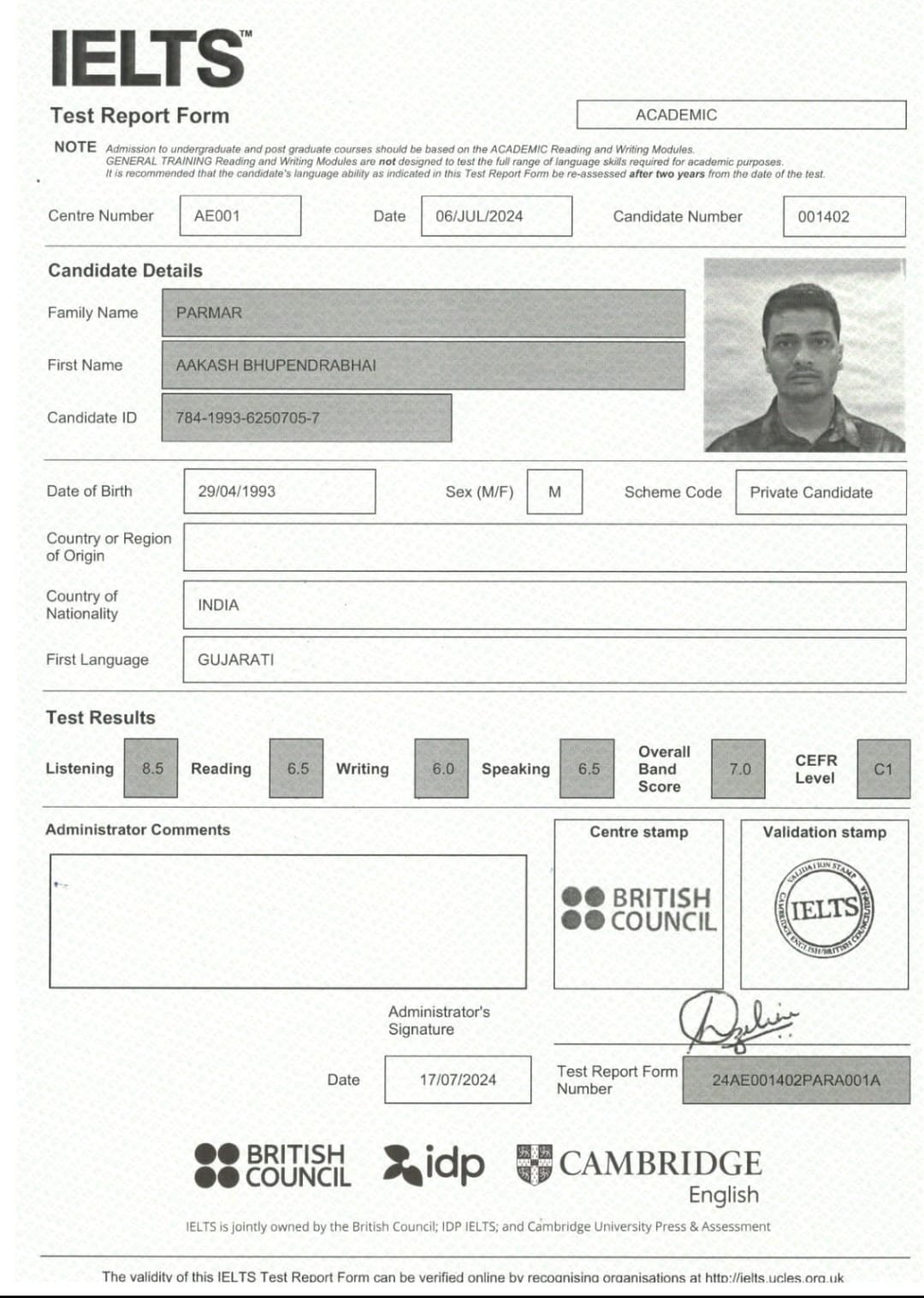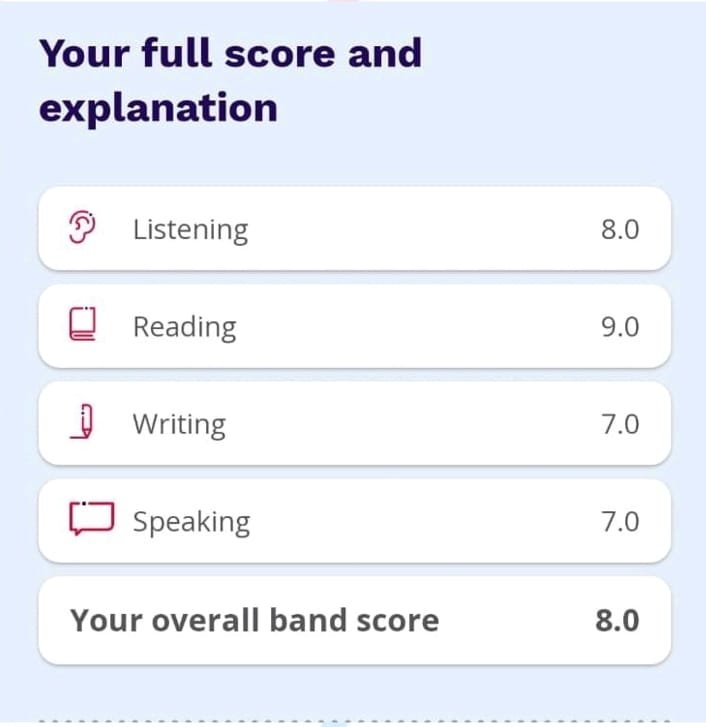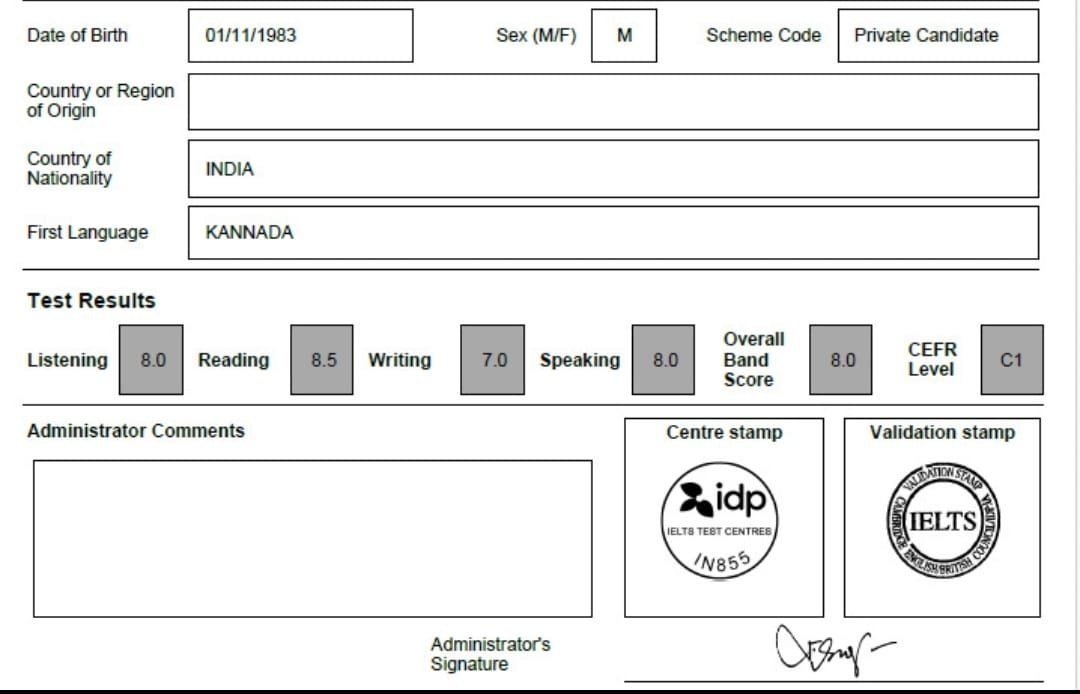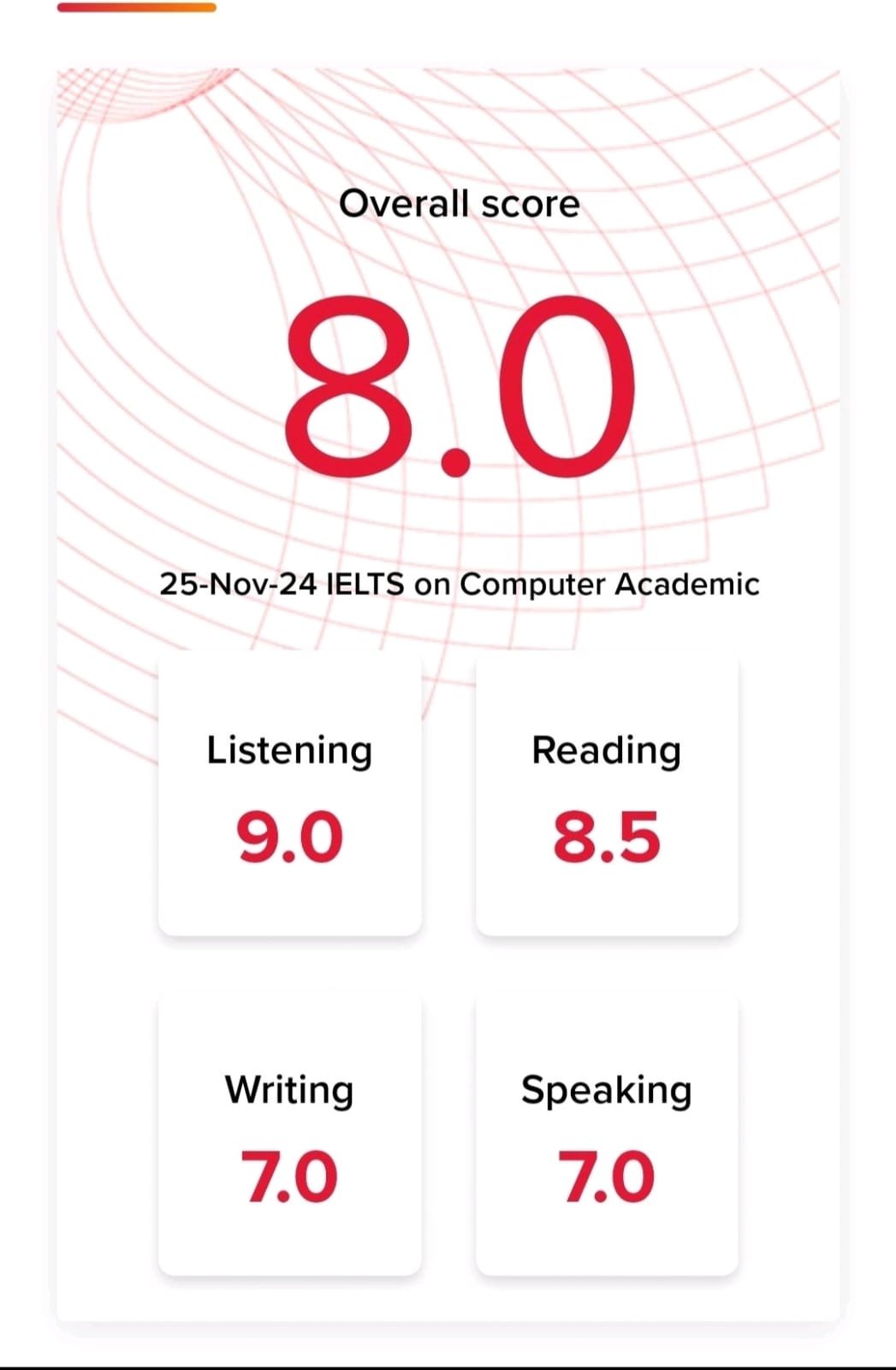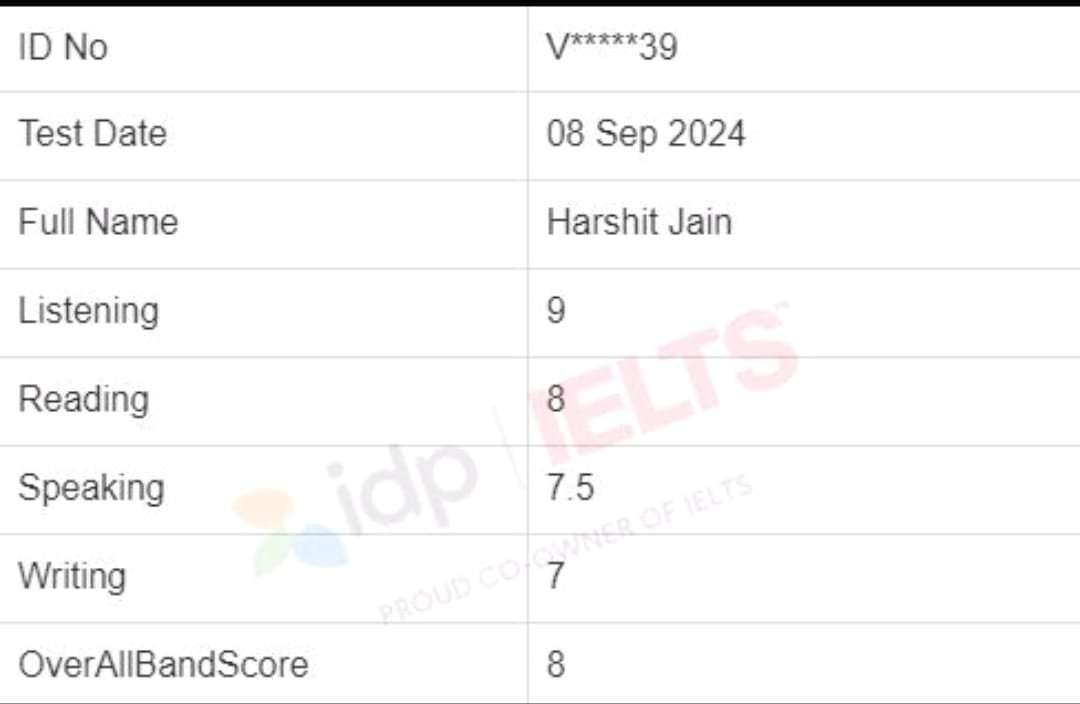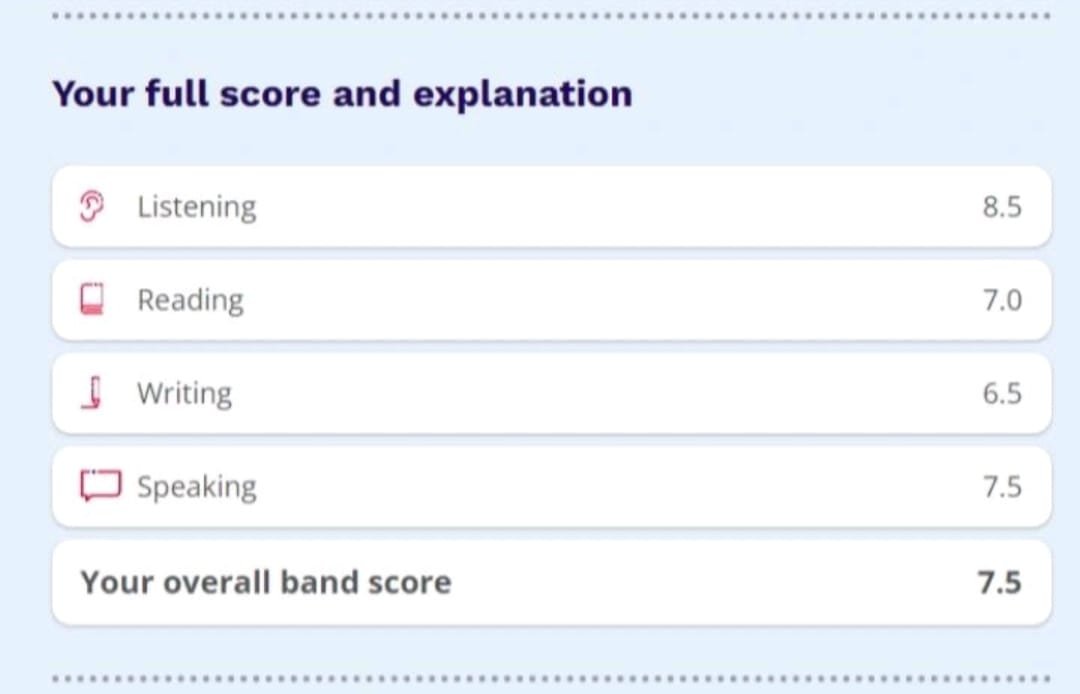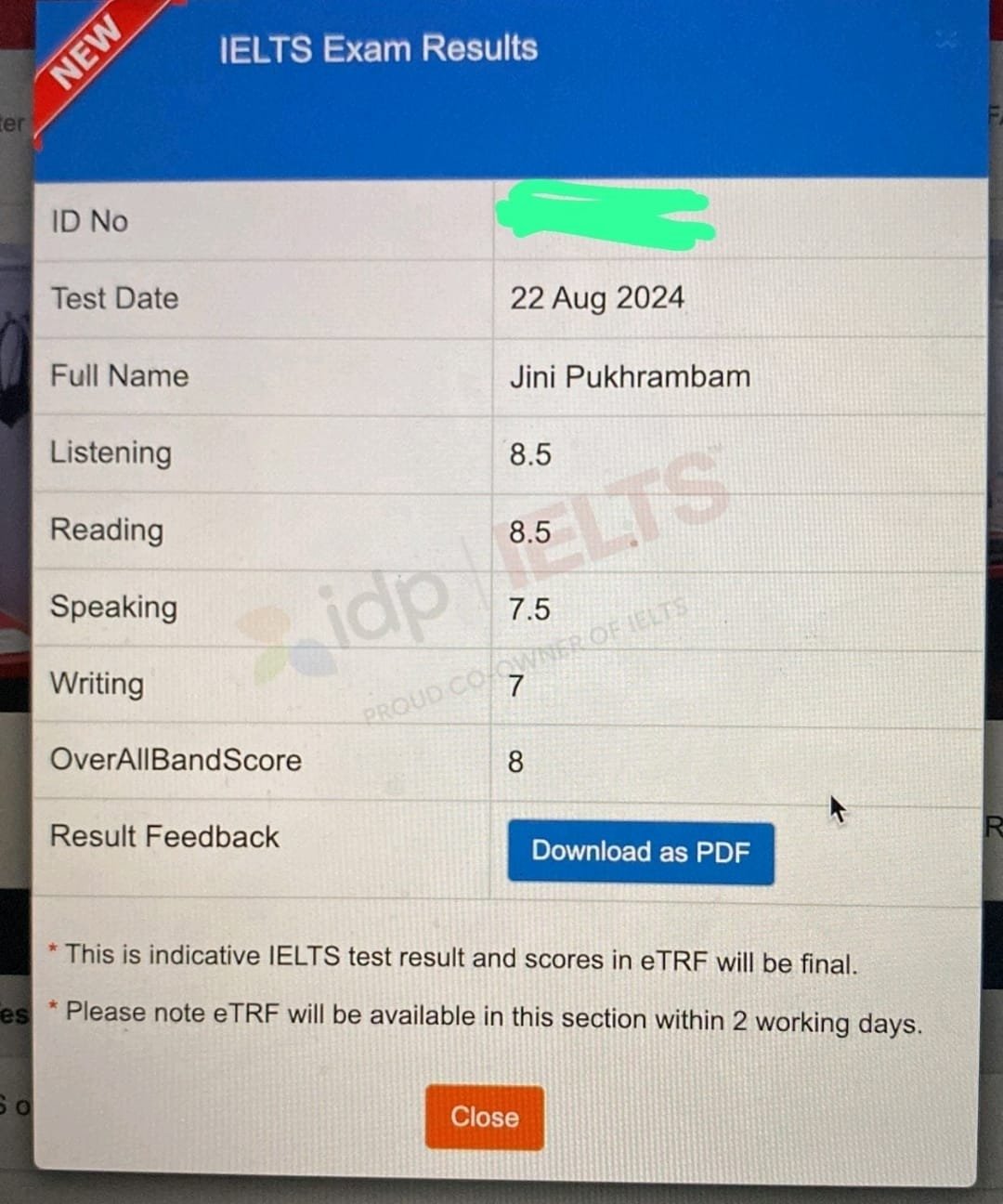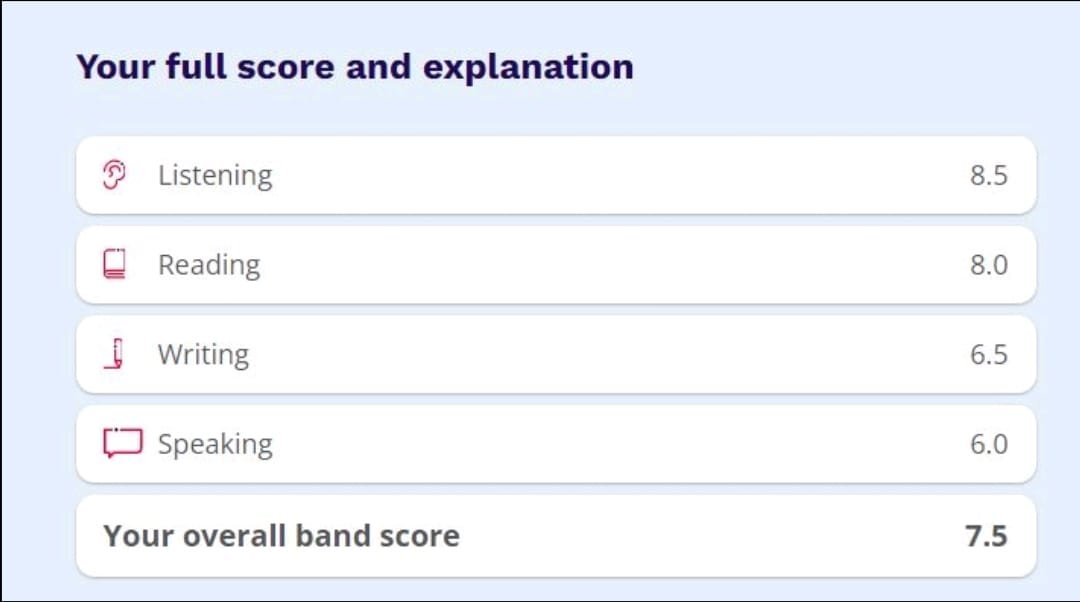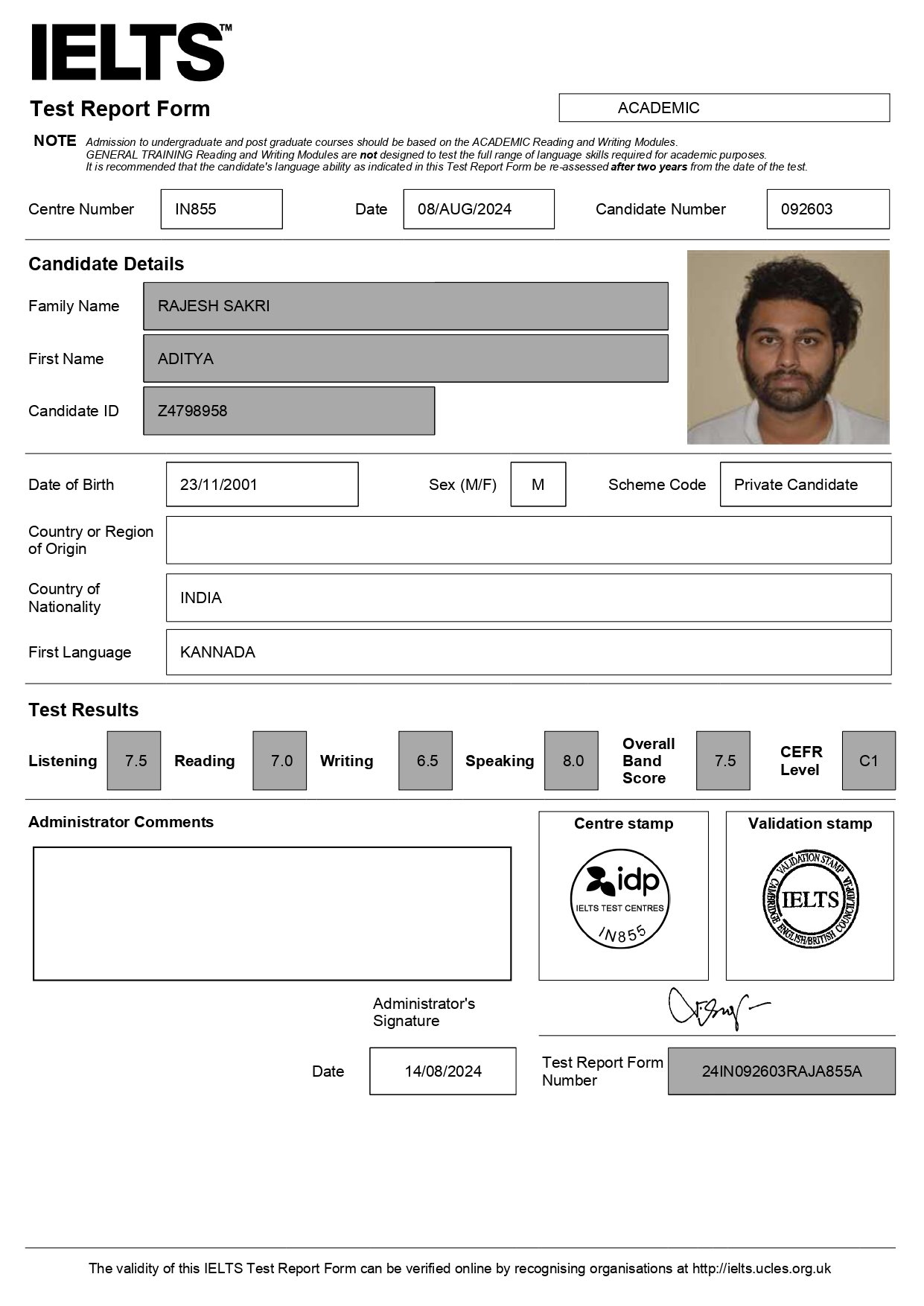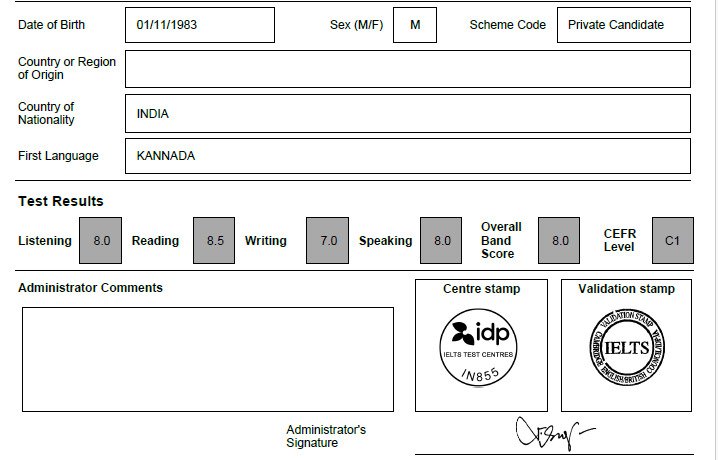
Words can provide us with many writing tips in every situation and in varied forms. The tone of your writing can make a difference — whether in academic essays or social media posts. It really comes down to the appropriate style for a specific context/audience – formal vs informal letter writing. But aside from that, when is it okay to stay casual? Check out the differences between formal writing and informal/casual writing and when you can jump in a more relaxed tone, head to some pro tips below.
1. Understanding Formal Writing
Formal writing is organised and professional with adherence to strict grammar. You will find this convention of writing to be used in business emails, school & college papers, official reports, and other professional domains where a higher level of formality or courtesy is required.
- Characteristics of Formal Writing:
- Complex sentence structures: Ideas are expressed more thoroughly, using complete sentences and sophisticated vocabulary.
- Professional tone: The tone remains neutral, respectful, and objective.
- Formal writing: Avoid contractions (unless part of a quote), and do not include slang or colloquial expressions.
- It is written in the third person: This often excludes the use of first-person pronouns such as I and we.
- Examples of Formal Writing:
Business Email:
Dear Mr. Johnson,
I am writing to inform you that we are in the process of changing our internal procedures, which should be going into effect sometime before the end of this quarter. Kindly review the attached documents for further details.
Sincerely,
John Doe
Academic Essay:
The study also reveals an important relationship between the use of social networks and anxiety in adolescents.
Example:
- “I hope this letter finds you well! It’s been such a busy week here, but I finally found some time to sit down and catch up with you.”
- “How have you been? It feels like ages since we last talked!”
The Body: Share Your News or Message
This is the part of your letter where you get to play with the main subject. What you could do and that we are also not against, is to tell some news of what happened lately or ask how the recipient’s life has been going. Keep it conversational and relaxed.
When to Use Formal Writing
- Professional Correspondence: Anytime you are communicating True formal writing should be your safest bet with clients, employers, or colleagues. That involves writing cover letters, for business proposals and reports or in emails intended within the corporate environment.
- School Work: For school, like research papers, essays dissertations other academic write-ups you would have to employ the use of formal writing in order to be sure that your work is professional, concise, and factual. Derivations: Legal documents, contracts, policies, and any other official paperwork need to be written in a formal tone.
- Talks/Public Speaking Presentations: Use a very strait-laced and formal tone when presenting to large or more public groups in typical settings like conferences, board meetings, etc.
2. Understanding Informal Writing
Informal writings are conversational, laid-back, and mostly free to be more liberal with grammar rules/ language. It aids in building a relationship between the reader and writer as it can be well perceived by using this style in personal emails, text messages, blogs, etc.
- Characteristics of Informal Writing:
- Conversational: Sometimes you tend to talk right at the reader, as one might in normal conversation.
- Do Use contractions (You’re, They’ve) and colloquialisms
- Third person and close third are also used most commonly compared to second-third, more so than first-person as these perspectives link the reader with “I” or ”we”.
- Examples of Informal Writing:
Text Message:
Hey, I was wondering if you’re free to catch up later today. Let me know!
When to Use Informal Writing
Casual writing is an informal, reader-friendly approach to being free from the more strict guidelines of formalized and academic writing. It is mostly used in casual type of applications Below is a handy reference for when and why you must use informal writing:
- Personal Communication:Informal writing is ideal when you’re communicating with friends, family, or close acquaintances. This could include:
- When Writing Emails/Letters to Friends & Family: The Warm Personal Tone works best, especially when you are dealing with everyday stuff although they take a different style of form.
- Text Messages: Short and Sweet, texts are great for impromptu writing.
- Social Media Posts: When you’re posting updates or thoughts on platforms like Facebook, Instagram, or Twitter, an informal tone is natural and engaging.
- Casual Work Communication
In certain professional environments, informal writing may be acceptable, especially in:
- Workplace Chats: Messages sent to a platform like Slack or Microsoft Teams, where you value the ability to communicate quickly over any formality.
- When writing emails to colleagues: If your relationship is of the friendly variety with your coworkers, let a casual tone in these email make it feel like less demanding and more approachable.
- Blogging or Personal Websites
Blogs often use informal writing to create a friendly, engaging voice. It’s especially useful when:
- Writing Personal Blogs: Sharing personal experiences, stories, or opinions works best in an informal style.
- Creating Lifestyle or Travel Blogs: Readers of these types of blogs expect a conversational tone that’s fun and engaging.
- Social Media
Social media platforms encourage informal writing to foster interaction and connection. This is common in:
- Posts and Comments: Sharing thoughts, opinions, or casual updates about your day.
- Engaging with Followers: You need to answer comments or direct messages in a friendly and approachable manner so that you can be their friend.
3. How to Write an Informal Letter
Well, an informal letter is easy to write; it can be fun! The tone of this post is casual, so speak freely and do not worry about using perfect English. So, for you to be able to write an interesting informal letter use this small guide:
- Start with a Friendly Greeting
You can use an informal letter so that your greetings need not be too formal. It can but depending on your relationship with the person you are sending it to, you may opt for something more casual.
Example:
“Hey Sarah,”
“Hi, John,”
“Dear Mom,”
“Hello, Alex!”
Greeting stands the tone for the letter, so do remember to make it feel welcoming and warm. - Intro Paragraph: Paint a Picture
Begin by inquiring about the well-being of the other person or sharing an update on something current. An opener is a chance to create an impression and establish the tone of your letter.
Example:
“I’ve been meaning to tell you, I finally redecorated my living room! It’s all cozy now, with new plants and everything. Can’t wait for you to see it!”Hey! Guess what? We adopted a puppy! His name’s Coco, and he’s already ruling the house. I know you’d love him, he’s so full of energy and personality.”
Closing: Wrap It Up Warmly
Wrap your letter with a heartfelt closing. Explain what you’ve talked about, ask for a response, or share some goodbye thoughts.
Example:
“Looking forward to catching up soon. Take care!”
“Hope to see you at the family reunion next month!” - Sign-Off: Keep It Personal
Choose a closing phrase that reflects your relationship with the recipient. You can keep it simple or add a touch of personality.
Examples:
“Best,”
“Cheers,”
“Love,”
“Take care,”
“Yours truly,”
“Warm regards,”
Finish with your name or even a nickname if it’s appropriate.
- Example of an Informal Letter
Hey Tom,
I hope you’re doing well! It has been a long time since we were in touch, wanted to send you a quick note to check -in and see what all happening at your end. We have been having incredible weather here in the UK and am enjoying most weekends outdoors with a good portion of sunning.
Guess what? I finally finished the home renovation project I was telling you about. It was such a headache, but the place looks great now! You have to swing by and see this. So what I wanted to ask you is if perhaps maybe next weekend, if it’s possible…
Well, I know you are very busy so let’s not keep talking too long but I hope we can catch up soon! Let me know if you’re free sometime next week for a call or even a coffee.
Take care,
Sam
- Final Tips for Writing an Informal Letter
Just like the recommendation above, informal letters should now be written exactly as you speak. Showcase your personality
- You do not want to overthink it: Informal letters are just that — informal with no need for proper grammar, immaculate phrasing, or a sanctioned format. Keep it light and easy.
- Enjoy yourself: Writing to someone you know well, a personal letter is how at the end of fun stories.
Conclusion
The key to mastering formal and informal writing is the understanding of context and audience. If you are drafting a professional email, writing an academic paper, or just sending out a text to friends the tone will determine how your message is going to be understood. Their connections on an informal basis through the medium of writing; a chance to tell stories and stay in touch when neither feels like fussing over formality.
Want to improve your writing or crack IELTS, Visit Your Local IELTS Coach here. From grammar tips to writing advice all the way through expert IELTS guidance, we have everything you need to improve your English!
